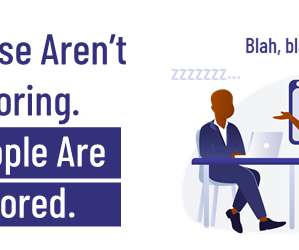How Social Networks Can Harness the Power of Weak Ties | Social.
Dashe & Thomson
MAY 11, 2011
These dynamics have been around for thousands of years, and have been written about extensively for decades – like in this 1973 article by Mark Granvotter in the American Journal of Sociology, The Strength of Weak Ties. Learning and development professionals should remember the Weak Ties theory when designing social learning systems.




































Let's personalize your content